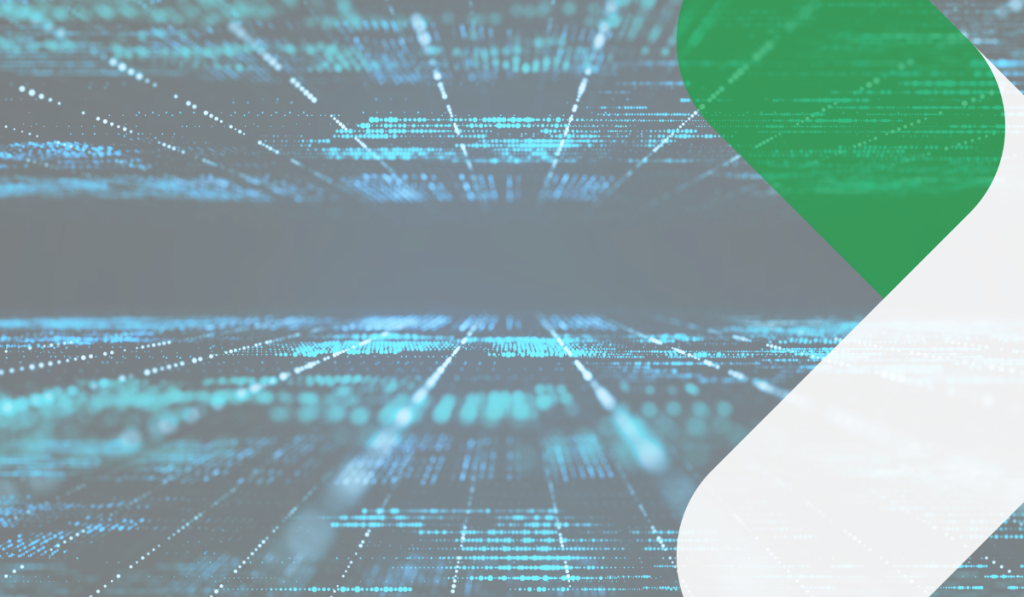4. Adopt Artificial Intelligence and Machine Learning
When it comes to smart solutions, we have a ton of choices. By leveraging robust cognitive tools, banks can now process oceans of data and perform complex analyses in near real-time. This approach helps optimize highly personalized customer journeys.
Smart tools also improve the quality of customer interactions and staff engagement across departments. Many artificial intelligence (AI) and machine learning (ML) tools are built to perform predefined tasks leveraging advanced scoring and decision-making technologies.
As these tools are highly adaptive and constantly learn from each engagement, they will get better at making more accurate decisions and conclusions.
ML also helps the investment division make better decisions based on predictive analytics. Investment bankers can adjust portfolios based on algorithms that consider economic, political, and other related factors. Best of all, analysts can build highly detailed data models within minutes to make business-critical decisions.
5. Optimize Organizational Structure
Digitization in highly regulated industries like banking isn’t straightforward. Banks can’t really do anything until all stakeholders, including senior management, are onboard.
Completely transforming the entire customer journey and how things work internally demands close collaboration between business units and technology. More often than not, banks have to hire new talent, reskill current employees, and set up new key performance metrics. The latter will differ quite significantly from traditional banking KPIs.
6. Synergize Digitization with Green Development
For banks, technology and hardware is consistently the primary source of energy consumption. So, it’s best to start banking digitization projects focusing on green development.
Research suggests that the banking sector consumes as much as 263.72 terawatt-hours per year. Out of that number, banking data centers use a whopping 238.92 terawatt-hours per year. By 2025, the amount of electricity consumed by banks will be equal to the world’s 10th largest economy in 2021.
As data center hardware has a lifespan of about five years, e-waste disposal is also a massive challenge for the industry. So, it makes sense to start thinking about “green” solutions right from the first discussion.
7. Take a Security-First Approach
Whenever systems and applications are connected, exposure to risk expands enormously. It’s important to consider data security threats, distributed denial of services (DDoS) attacks, algorithm vulnerabilities, zero-day attacks, and much more.
It may help to learn from decentralized finance (DeFi) startups and how they manage security. By building security into the foundation of new digital banking products, banks can go a long way to mitigate risk and ensure compliance.
Being future-ready depends on what you do today. As such, banks must make decisions based on short-term and long-term goals. They must also work towards changing their working culture to adopt new technologies and processes.



